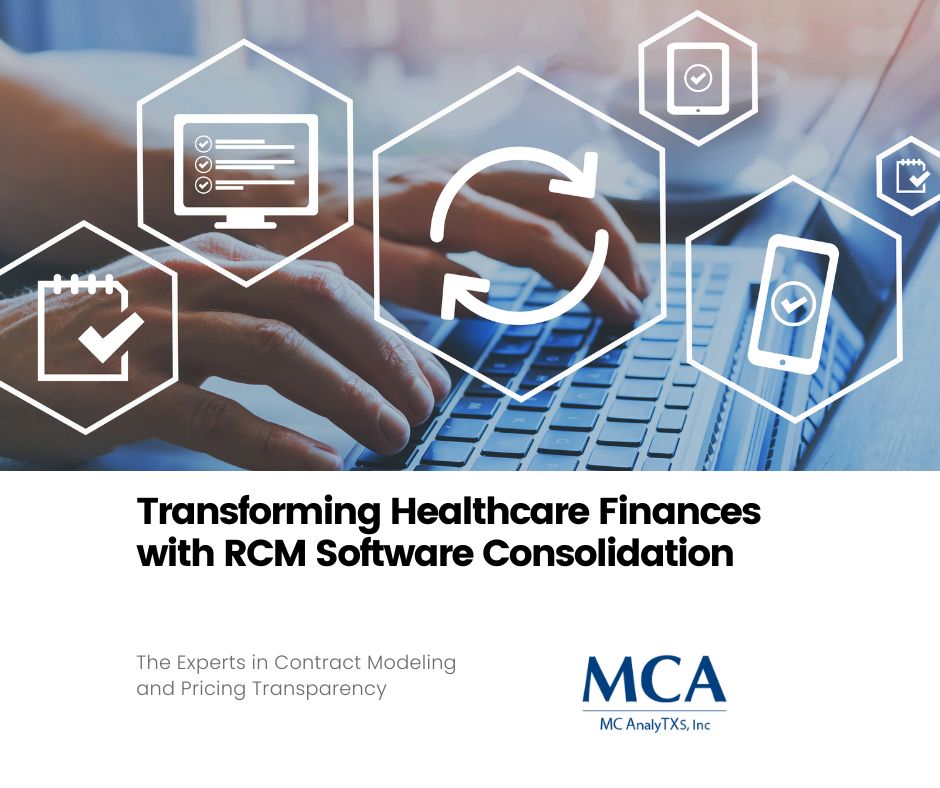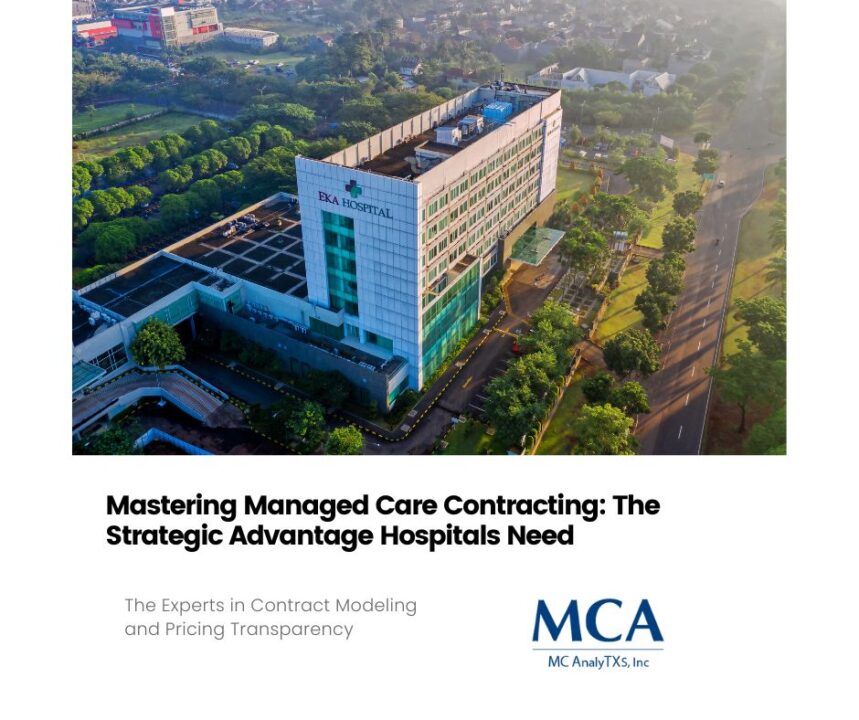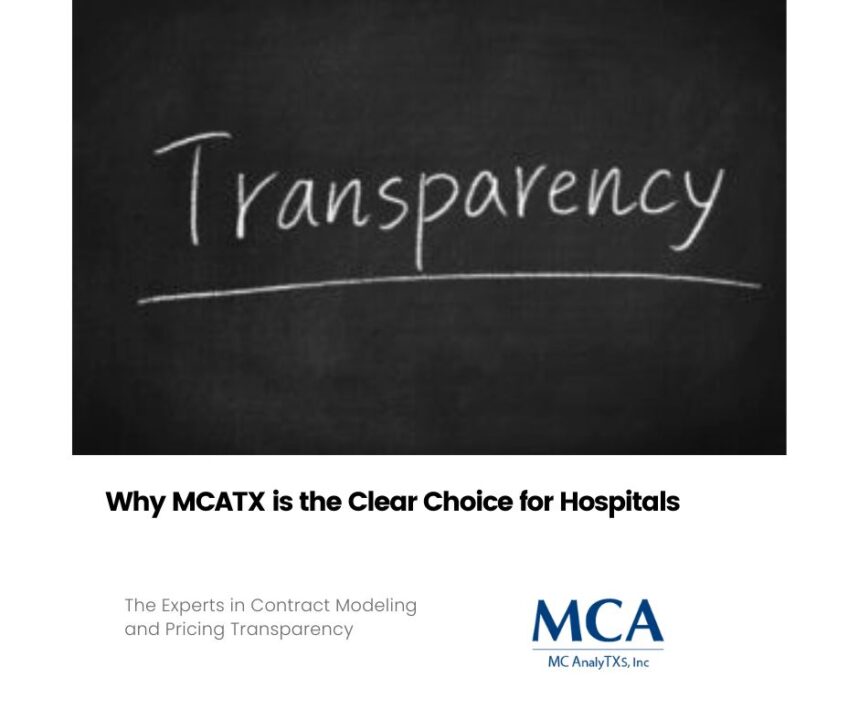

Transforming Healthcare Finances with RCM Software Consolidation
Navigating the Complex World of Healthcare Revenue Management
In the dynamic landscape of healthcare, managing financial operations efficiently is paramount. CFOs and healthcare executives continually grapple with the complexities of revenue cycle management (RCM). Ensuring that every dollar earned is accurately captured, billed, and collected is a daunting task. Enter the world of RCM software, a technological marvel designed to streamline these intricate processes. But as the industry evolves, so does the approach to RCM software. Leading healthcare systems are now moving toward RCM software consolidation. This blog post delves into the reasons behind this shift, its benefits, and how healthcare leaders can successfully implement it.
The Financial Challenges in Healthcare Systems
Healthcare organizations face a myriad of challenges when it comes to managing their revenue cycles. From ensuring compliance with regulatory standards to dealing with the complexities of insurance claims, the financial side of healthcare is nothing short of a labyrinth.
The Complexity of Billing and Collections
Billing and collections are often fraught with errors and delays. Billing errors can lead to significant revenue loss, while delays in collections can disrupt cash flow. These issues are exacerbated by the sheer volume of transactions healthcare providers handle daily.
Regulatory Compliance and Its Implications
Healthcare systems must adhere to strict regulatory standards. Non-compliance can result in hefty fines and legal repercussions. Ensuring compliance adds another layer of complexity to revenue cycle management.
The Need for Accurate Data Management
Accurate data management is crucial for effective revenue cycle management. From patient records to billing information, every piece of data must be meticulously maintained. Inaccuracies can lead to billing errors and compliance issues, further complicating the revenue cycle.
The Rise of RCM Software in Healthcare Financial Operations
In response to these challenges, RCM software has emerged as a vital tool for healthcare financial operations. These systems automate and streamline various aspects of revenue cycle management, from billing and collections to compliance and data management.
Automation and Efficiency Gains
RCM software automates many of the manual processes involved in revenue cycle management. This automation leads to significant efficiency gains, reducing the time and effort required to manage billing and collections.
Enhanced Data Accuracy and Compliance
By automating data entry and management, RCM software improves data accuracy. This accuracy is crucial for ensuring compliance with regulatory standards and avoiding costly errors.
Cost Savings Through Improved Financial Operations
Efficiency gains and improved data accuracy translate into cost savings. By reducing the time and effort required to manage revenue cycles, healthcare organizations can allocate resources more effectively and reduce operational costs.
The Benefits of RCM Software Consolidation
Consolidating RCM software offers numerous benefits for healthcare organizations, from efficiency gains and cost savings to improved patient experience.
Efficiency Gains Through Streamlined Processes
Consolidating RCM software streamlines various processes involved in revenue cycle management. This streamlining leads to significant efficiency gains, reducing the time and effort required to manage billing and collections.
Cost Savings Through Improved Operations
Efficiency gains translate into cost savings. By reducing the time and effort required to manage revenue cycles, healthcare organizations can allocate resources more effectively and reduce operational costs.
Enhanced Patient Experience
Consolidating RCM software can also improve the patient experience. Streamlined billing processes reduce errors and delays, leading to a smoother patient experience.
Practical Steps for Consolidating RCM Software
Several practical steps can guide the process for healthcare executives and CFOs considering RCM software consolidation.
Assessing Current Systems and Identifying Needs
The first step in consolidating RCM software is to assess current systems and identify specific needs. This assessment involves evaluating the strengths and weaknesses of existing systems and identifying areas for improvement.
Choosing the Right RCM Software Solution
Choosing the right RCM software solution is crucial for successful consolidation. Healthcare organizations should consider factors such as functionality, scalability, and compatibility with existing systems when selecting an RCM software solution.
Implementing and Integrating the New System
Implementing and integrating the new RCM software system requires careful planning and execution. This process involves training staff, migrating data, and ensuring seamless integration with existing systems.
Conclusion
As the healthcare industry continues to evolve, so does the approach to revenue cycle management. Leading healthcare systems are moving toward RCM software consolidation to streamline operations, reduce costs, and improve the patient experience. For healthcare executives and CFOs, understanding the benefits and practical steps involved in RCM software consolidation is crucial for staying competitive in today’s dynamic healthcare landscape.
Ready to take the next step in optimizing your healthcare financial operations? Reach out to our team of experts and explore how RCM software consolidation can benefit your organization.





